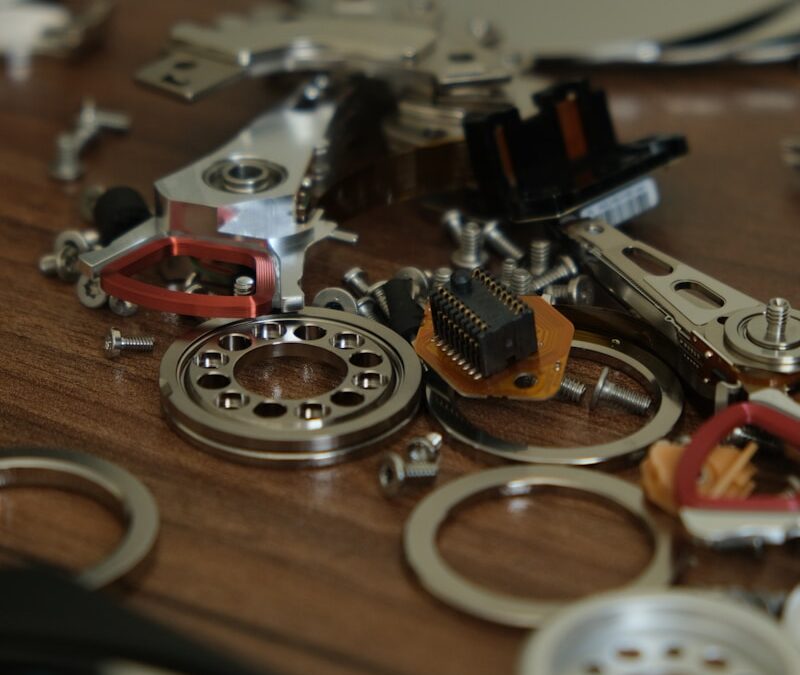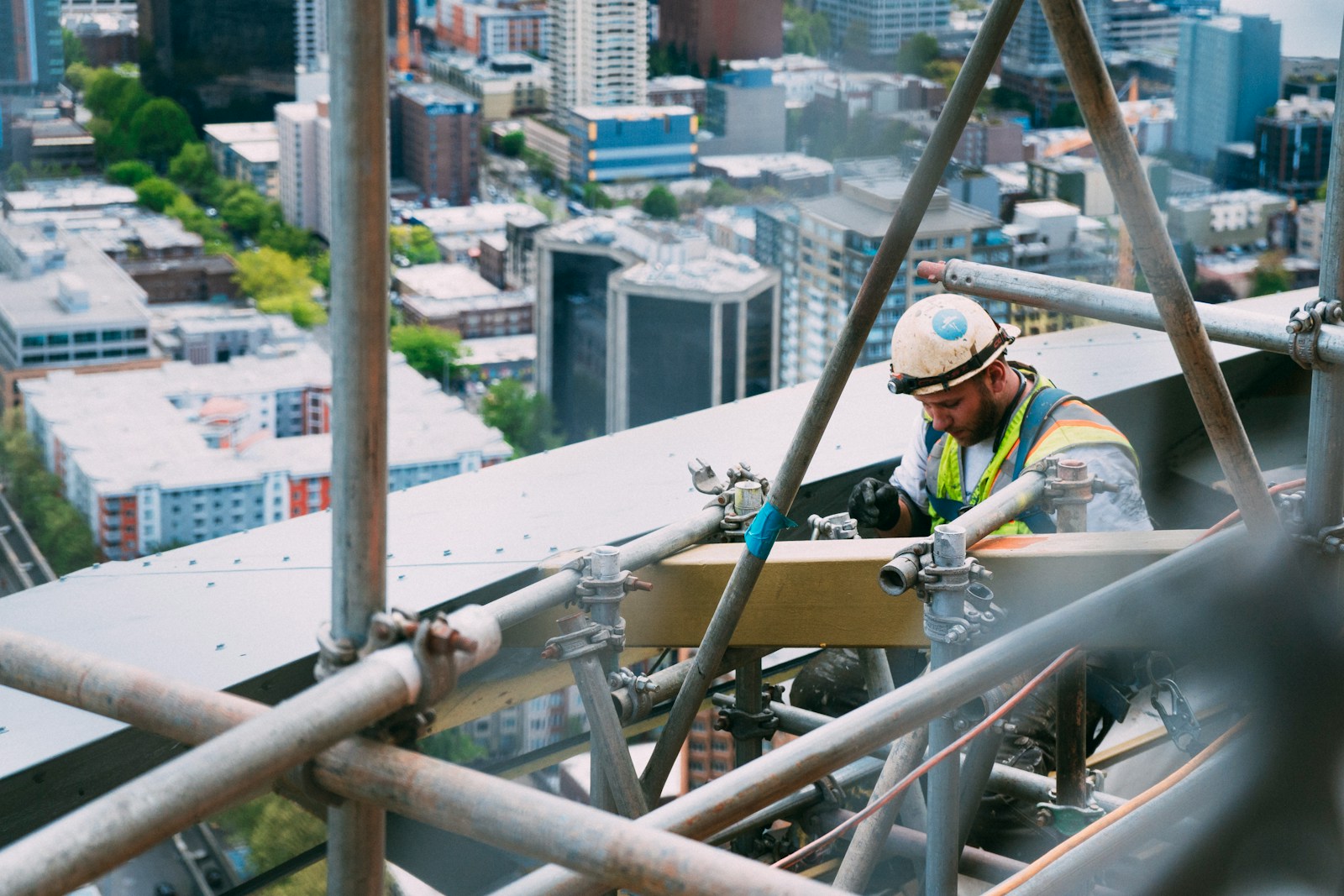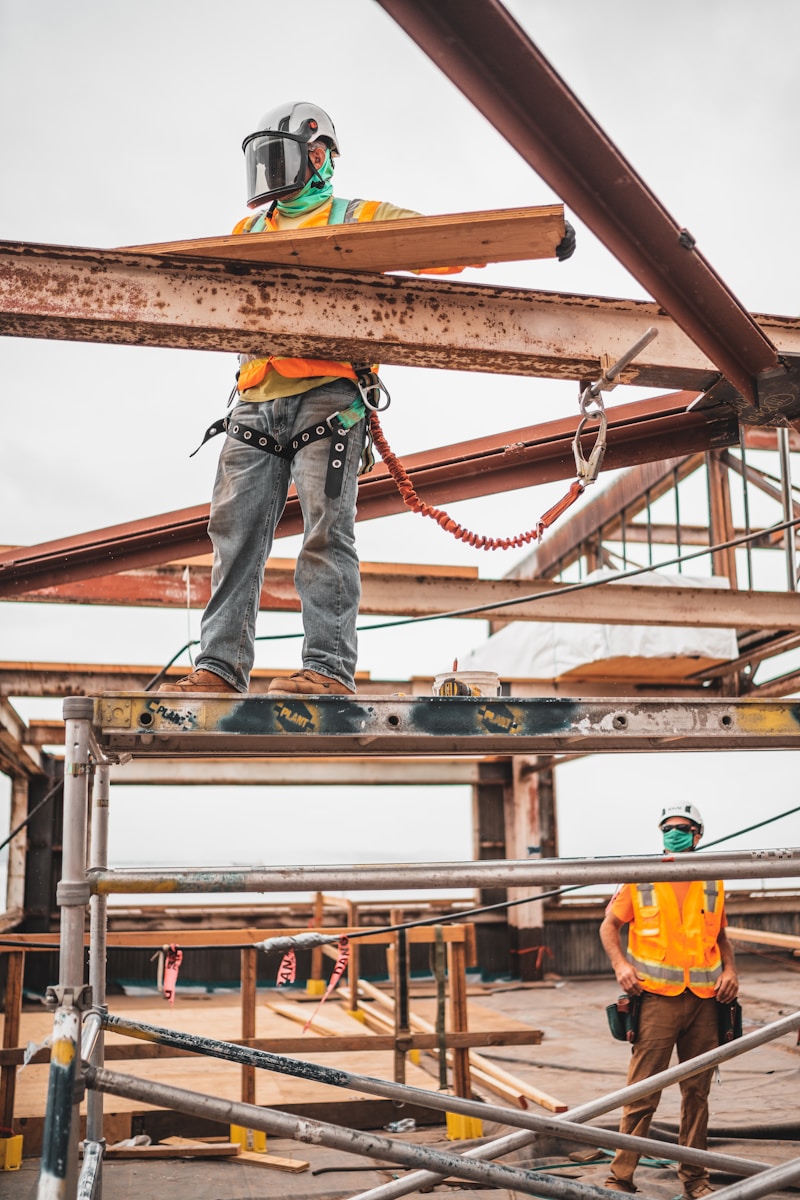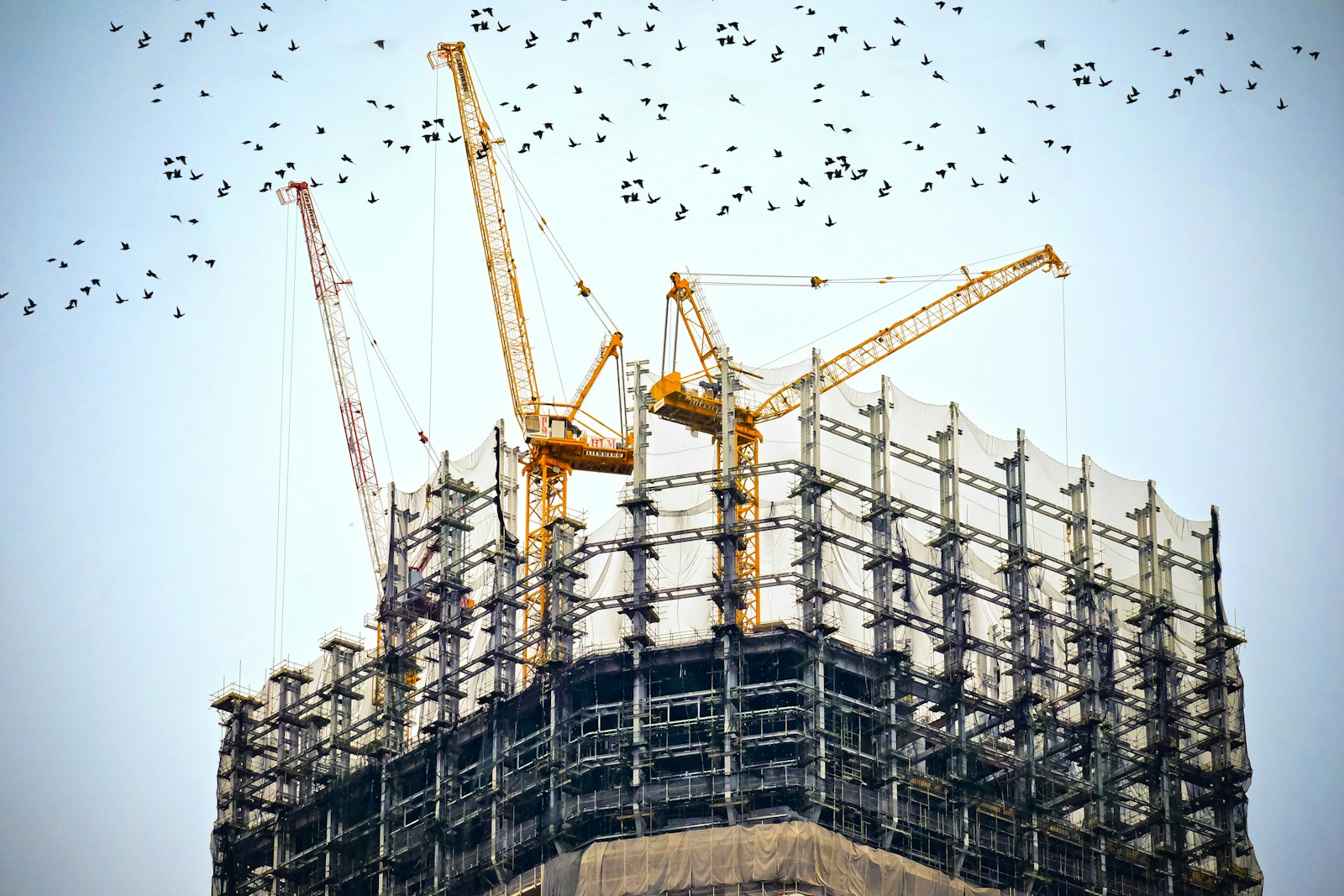Harnessing Digital Twins for Enhanced Building Performance
Revolutionizing HVAC Systems with Digital Twins
The integration of digital twins in optimizing HVAC systems and building infrastructure presents transformative opportunities for the construction and real estate industries. Digital twins are digital replicas of physical assets, processes, or systems that use real-time data and simulations to predict and optimize performance. By leveraging digital twins, building managers can achieve significant improvements in energy efficiency, operational performance, and sustainability.
In regions like Saudi Arabia and the UAE, where extreme climate conditions demand efficient HVAC systems, digital twins are becoming increasingly vital. Cities such as Riyadh and Dubai are at the forefront of adopting smart building technologies to enhance energy efficiency and sustainability. Digital twins enable continuous monitoring and analysis of HVAC systems, ensuring optimal performance and reducing energy consumption.
The benefits of using digital twins for HVAC optimization are multifaceted. They include enhanced predictive maintenance, real-time performance monitoring, and energy efficiency improvements. These advantages not only contribute to cost savings but also support environmental sustainability goals, making digital twins a valuable asset for modern building management.
Enhancing Predictive Maintenance and Real-Time Monitoring
One of the primary benefits of digital twins in HVAC systems is the enhancement of predictive maintenance. Digital twins can analyze data from IoT sensors embedded in HVAC components to predict potential failures and schedule maintenance activities proactively. This approach minimizes downtime, extends the lifespan of HVAC equipment, and reduces maintenance costs.
In Dubai, for instance, several smart buildings have implemented digital twins for predictive maintenance of HVAC systems. By continuously monitoring equipment performance and identifying issues before they escalate, building managers can ensure uninterrupted comfort for occupants and optimize maintenance resources. This proactive approach enhances the reliability and efficiency of HVAC systems, leading to significant cost savings.
Real-time performance monitoring is another crucial benefit of digital twins. By providing continuous insights into the operational status of HVAC systems, digital twins enable building managers to make informed decisions and quickly address any anomalies. In Riyadh, smart buildings equipped with digital twins can monitor temperature, humidity, and air quality levels in real-time, ensuring optimal indoor conditions.
This real-time data also allows for dynamic adjustments to HVAC settings based on occupancy and environmental conditions, further enhancing energy efficiency. For example, digital twins can adjust HVAC operations during peak usage times or in response to external weather changes, ensuring optimal performance and comfort while minimizing energy consumption.
Driving Energy Efficiency and Sustainability
Energy efficiency is a critical concern for building managers, particularly in regions with high energy consumption due to extreme weather conditions. Digital twins play a vital role in driving energy efficiency by optimizing HVAC operations and reducing energy waste. By simulating different scenarios and analyzing the impact of various factors on HVAC performance, digital twins can identify the most energy-efficient strategies.
In Saudi Arabia, where energy consumption for cooling is substantial, digital twins can significantly contribute to energy savings. By optimizing HVAC operations based on real-time data and predictive analytics, digital twins help reduce energy usage and lower utility costs. This not only benefits building owners financially but also supports national sustainability goals by reducing carbon emissions.
Furthermore, digital twins facilitate the integration of renewable energy sources with HVAC systems. In the UAE, smart buildings are increasingly incorporating solar panels and other renewable energy solutions. Digital twins can optimize the use of these energy sources by predicting energy demand and adjusting HVAC operations accordingly. This integration enhances the overall sustainability of buildings and reduces reliance on non-renewable energy.
The implementation of digital twins also aligns with global trends towards smart cities and sustainable urban development. Cities like Dubai and Riyadh are investing in smart infrastructure to enhance the quality of life for residents while minimizing environmental impact. Digital twins are a key component of these initiatives, providing valuable insights and enabling data-driven decision-making for sustainable building management.
Implementing Digital Twins in Building Infrastructure
The successful implementation of digital twins in building infrastructure requires a strategic approach that addresses several key factors. These include the integration of IoT sensors, the development of data analytics capabilities, and the adoption of cloud-based platforms for data storage and analysis.
In Dubai, the government has launched initiatives to promote the adoption of digital twins and smart building technologies. These initiatives provide guidelines and support for building owners and managers to implement digital twins effectively. By fostering collaboration between technology providers, construction firms, and regulatory bodies, Dubai aims to create a conducive environment for the widespread adoption of digital twins.
In Riyadh, similar efforts are underway to enhance building performance through digital twins. The focus is on creating a robust infrastructure for data collection and analysis, ensuring that digital twins can provide accurate and actionable insights. This involves investing in advanced IoT sensors, data analytics tools, and cloud computing platforms.
Education and training programs are also essential for equipping building professionals with the skills needed to leverage digital twins effectively. These programs should cover both technical aspects and practical applications, ensuring that professionals can implement and manage digital twins in their projects. In Saudi Arabia, partnerships between academic institutions and industry players are facilitating the development of specialized training programs for digital twin technology.
Conclusion: Embracing the Future of Smart Buildings
In conclusion, the benefits of using digital twins for optimizing HVAC systems and building infrastructure are substantial. By enhancing predictive maintenance, enabling real-time performance monitoring, and driving energy efficiency, digital twins offer significant advantages for building managers and owners. In regions like Saudi Arabia and the UAE, where energy efficiency and sustainability are paramount, digital twins are becoming an indispensable tool for modern building management.
The successful implementation of digital twins requires a strategic approach that includes the integration of IoT sensors, data analytics capabilities, and cloud-based platforms. By investing in these technologies and fostering collaboration between stakeholders, cities like Riyadh and Dubai are paving the way for smarter, more sustainable buildings. As the construction industry continues to evolve, digital twins will play a crucial role in shaping the future of smart buildings and sustainable urban development.
—
#DigitalTwins #HVACOptimization #SmartBuildings #EnergyEfficiency #SustainableTechnology #SaudiArabia #UAE #Riyadh #Dubai #AIInConstruction #BuildingManagement









